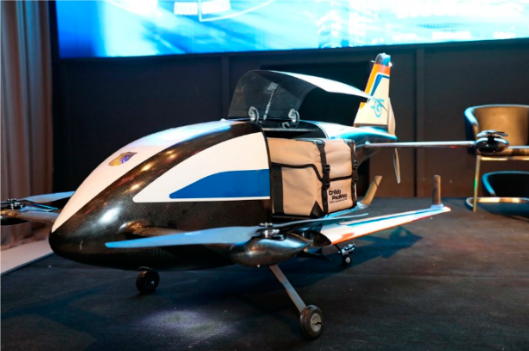One-Time Delivery vs. Balancing Supply and Demand: The Drone Dilemma in Healthcare
The healthcare industry faces a constant struggle: ensuring a steady supply of critical medical equipment, medicine, and blood products while responding to urgent, one-time delivery needs. Traditional delivery methods often struggle with this balancing act. Traffic congestion, remote locations, and bad weather can all disrupt supply chains, potentially putting lives at risk.
Drones: A Promising Solution (with Challenges)
Dr. Gabriel (Gabi) Pinto, Chief Data Scientist at Intelichain, delved into this challenge in a recently published academic article, highlighting the discussion on drone technology. These unmanned aerial vehicles (UAVs) can bypass traffic, reach remote areas quickly, and even operate during bad weather. This makes them ideal for delivering urgent medical supplies, potentially saving lives in critical situations.
However, there’s a catch: one-time deliveries don’t necessarily translate to a well-balanced supply chain, due to several reasons:
- High Costs: Operating drones can be expensive. Finding the optimal number and type of drones for a network of warehouses and hospitals is crucial for cost-effectiveness.
- Safety Concerns: Integrating drones into existing air traffic control systems is a complex task. Mitigating risks and ensuring safety for people and property on the ground is paramount.
- Regulation: Strict regulations govern drone use, especially in urban areas. Navigating this complex legal landscape is essential for widespread adoption.
Case Study: Hydrogen Power and Optimization
The research presented in the publication explores the feasibility of using hydrogen cell-powered drones for medical deliveries. Here are some key takeaways:
- Hydrogen Advantage: Hydrogen fuel cells offer a longer range and faster charging times compared to traditional batteries. This is crucial for efficient medical deliveries, especially for time-sensitive items like organs for transplant.
- Optimization Techniques: The study utilizes mathematical modeling to find the optimal number and type of drones needed to deliver medical supplies from warehouses to hospitals. This helps control costs and ensure efficient use of resources.

Conclusion
Drones offer a revolutionary approach to medical supply chain management. However, overcoming the challenges of cost, safety, and regulation will be crucial for their widespread adoption. By focusing on optimization techniques, exploring sustainable solutions like hydrogen fuel cells, and addressing ethical and legal concerns, the healthcare industry can unlock the full potential of drones in delivering life-saving medical supplies.
The complete article, authored by Michael Naor, Gabriel (Gabi) Pinto, Pini Davidov, Yuval Cohen, along with Linor Izchaki, Mukarram Hadieh, and Malak Ghaith, is available at: https://www.mdpi.com/2071-1050/16/11/4682.